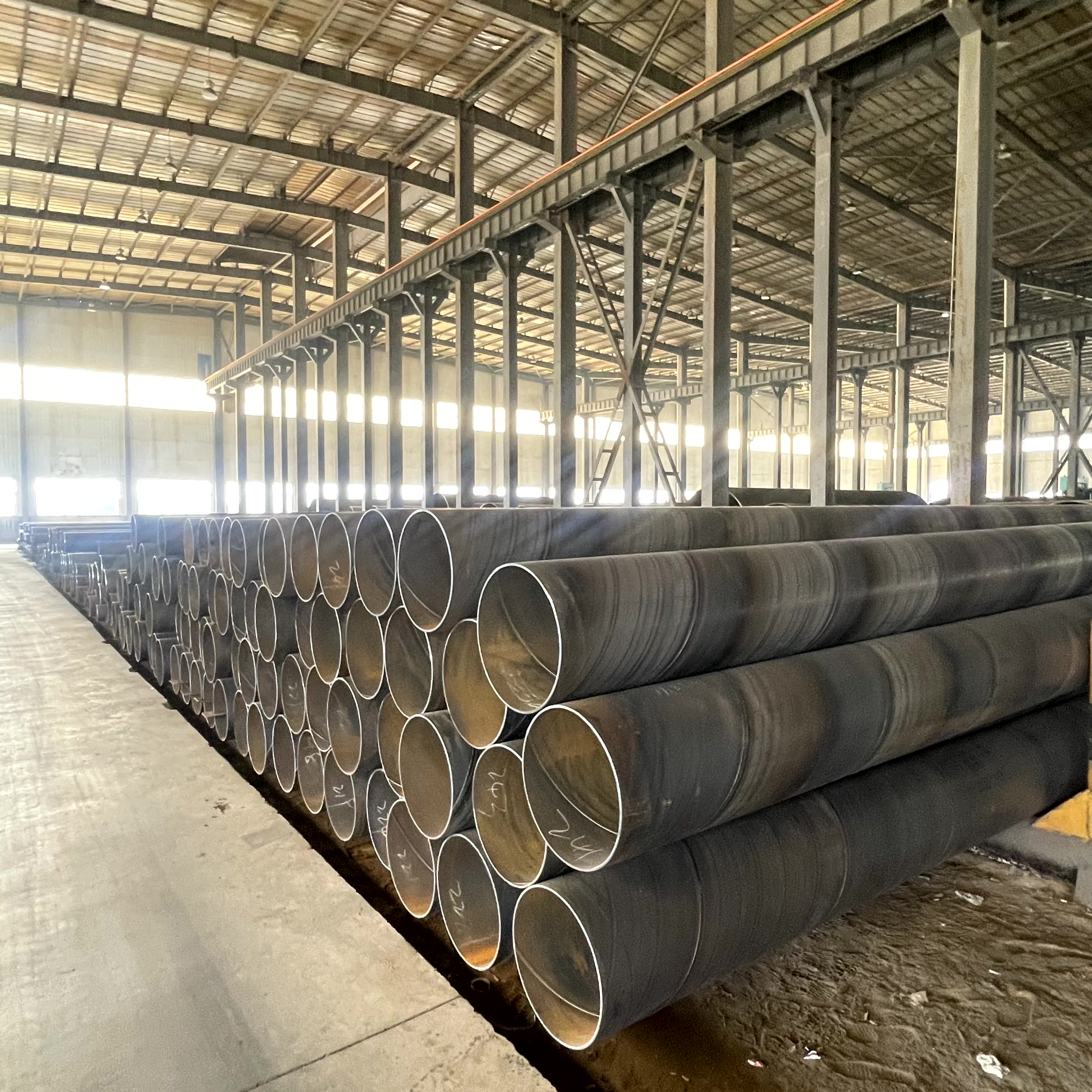Houston, TX – The large-diameter steel pipe market, encompassing both Spiral Submerged Arc Welding (SSAW) and Longitudinal Submerged Arc Welding (LSAW) pipe, is experiencing sustained demand. Growth is driven by global investments in energy transition infrastructure, water transmission projects, and hydrocarbon pipeline networks. The strategic selection between SSAW and LSAW technologies remains a key decision for engineers, based on project-specific requirements for diameter, pressure, and operational conditions.
A recent analysis by Research and Markets highlights the robustness of the pipeline infrastructure sector, noting significant investments in emerging economies and for decarbonization projects in North America and Europe. This creates a diverse demand landscape for both pipe manufacturing processes.
Read the full analysis:
Global Pipeline Market Report 2024-2030
Spiral Weld Pipe (SSAW): Gaining Traction in Water and Lower-Pressure Applications
Spiral weld pipe (SSAW) is increasingly specified for large-diameter water transmission and distribution projects, as well as for piling and lower-pressure hydrocarbon service. Its key advantage is the ability to produce a wide range of diameters from a single width of steel coil, offering cost-effectiveness and flexibility. Modern manufacturing techniques have significantly improved its quality and consistency, challenging historical perceptions.
The American Water Works Association (AWWA) standards, particularly AWWA C200, govern the manufacture of SSAW pipe for water service, ensuring reliability for municipal applications. A feature in WaterWorld Magazine detailed the role of pipeline infrastructure in addressing water scarcity, highlighting several major projects that utilized spiral weld pipe for its economic advantages.
Learn about water infrastructure trends:
The Critical Role of Pipeline in Water Scarcity

Longitudinal Seam Pipe (LSAW): The Standard for High-Pressure Energy Applications
Longitudinal seam pipe (LSAW), manufactured by forming steel plates and welding a single longitudinal seam, remains the dominant choice for high-pressure critical applications. This includes:
-
LNG pipeline offloading and within terminals
-
Long-distance oil and gas transmission lines
-
Offshore pipeline applications
LSAW pipe, particularly the UOE (Uing-Oing-Expanding) and JCOE forming types, offers superior mechanical properties in the circumferential direction, making it ideal for withstanding extreme internal pressures. These pipes are commonly manufactured to API 5L specifications.
An article in Pipeline & Gas Journal's latest issue covered the specifications for new LNG export facilities, noting that almost all high-pressure feed gas and offloading lines specify LSAW pipe due to its proven performance and reliability under demanding conditions.
Explore LNG pipeline specifications:
LNG Export Facilities Drive Pipe Demand
Outlook: Coexistence and Specialization
The market is not seeing one technology replace the other. Instead, SSAW and LSAW are finding strength in specialization:
-
LSAW continues to be the premium product for the most demanding high-pressure energy projects.
-
SSAW is solidifying its role as a cost-competitive and reliable solution for large-diameter water, piling, and certain hydrocarbon applications.
The future growth for both product types is intrinsically linked to global investment in critical infrastructure, from hydrogen pipelines to drought-relief water projects.


